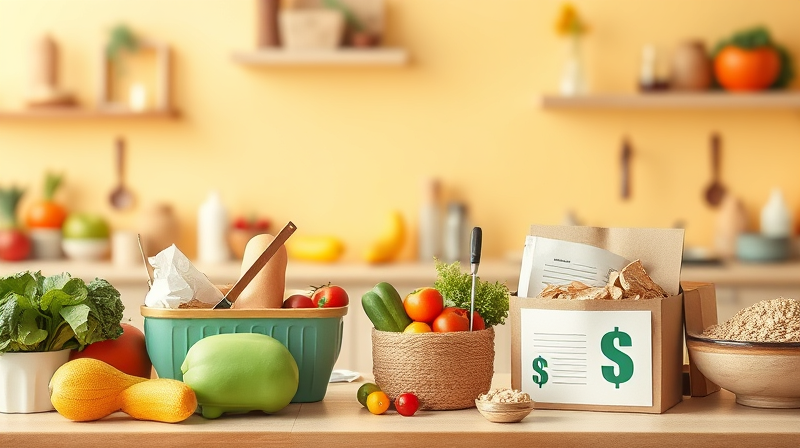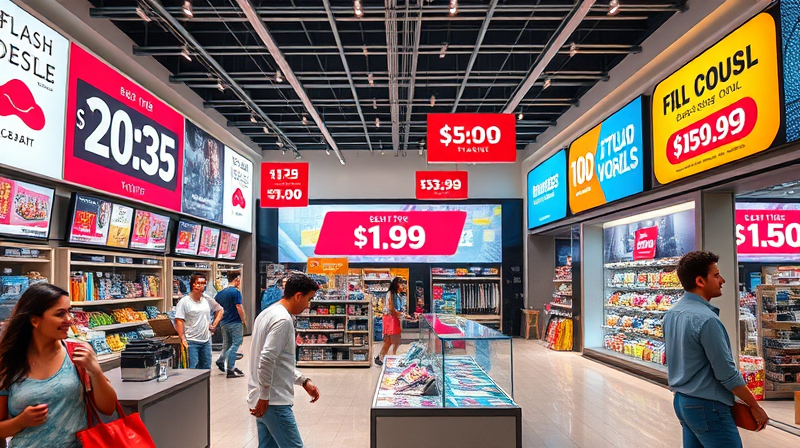In today’s economy, every penny counts. Grocery shopping is one area where a little planning can result in significant savings. If you follow a well-crafted grocery checklist, you not only save money but also reduce waste and manage your household budget more effectively. Here, we provide you with a step-by-step guide that will empower you to shop smartly, keep track of essential items, and enjoy the benefits of a well-planned grocery trip.
Following a structured plan when shopping allows you to resist the temptations of unplanned purchases and gives you a clear picture of what you really need. By learning these tips and tricks, you can transform your grocery shopping experience into an efficient routine that minimizes overspending.
Start With a Firm Budget
Before you even open your fridge, take a moment to set a firm budget. Knowing exactly how much you can spend is the foundation of your money-saving strategy. Decide on a fixed amount that aligns with your financial goals and stick to it. This budgeting step will prevent impulse decisions, especially when you use cash instead of cards, which keeps you aware of the physical money in your wallet.
This initial step is crucial because it provides a framework around which you can build your entire shopping list. The discipline of budgeting can lead to long-term changes in the way you manage your finances, allowing you to invest or save more over time.
Plan Meals Around Sales and Inventory
One of the most practical methods to reduce grocery spending is to plan your meals around current store sales and discounts. By checking store flyers, apps, or online ads, you can adjust your weekly menu to include discounted items first. For example, if you notice that chicken is on sale, you might decide to prepare a chicken stir-fry or soup for a few meals.
Along with sales, always remember to take stock of what you already have at home. Go through your fridge, pantry, and freezer to incorporate available ingredients into your meal planning. This approach helps avoid buying duplicates and reduces food waste.
Key tips:
- Plan meals based on sale items to maximize discounts.
- Use what you already have to avoid overbuying.
- Maintain a flexible menu that can adapt to unexpected deals.
Create a Versatile Grocery List
After setting a budget and planning your meals, the next step is to build a detailed grocery list. Splitting your checklist into specific categories not only organizes your shopping but also helps in tracking what you really need. Consider creating sections such as:
- Starches: Rice, pasta, oats, and potatoes make for affordable staples.
- Proteins: Opt for cost-effective proteins like eggs, beans, or on-sale meat products.
- Fruits and Vegetables: Focus on fresh, seasonal produce, or choose frozen and canned alternatives to minimize waste.
- Snacks and Miscellaneous: Stick to essential items and avoid pricey, unnecessary treats.
Dividing your list into categories not only simplifies shopping but also reduces the likelihood of forgetting an important item. This structured method reinforces the habit of thinking ahead, which is the key to saving money in the long run.
Embrace Store Brands and Coupon Apps
One simple yet effective tip is to choose generic or store-brand products. These items often come from the same manufacturers as name brands but are sold at a lower price. This can save you up to 20-25% on everyday items without compromising quality.
Additionally, leverage modern tools such as coupon apps and loyalty programs. Tools like Ibotta or Fetch Rewards offer digital coupons and cash-back options, further lowering your expenses. Ensuring that digital discounts are part of your checklist means you'll be prepared to maximize every opportunity to save money.
Be Strategic With Perishables and Bulk Items
When planning your list, be mindful of perishables and bulk buys. Only purchase perishable items if you have a clear plan to use them within a few days. Otherwise, consider long-lasting alternatives like frozen or canned goods. This tactic prevents waste and saves additional money on groceries you may not consume.
On the other hand, bulk buying can be beneficial for non-perishable items if managed wisely. If you have the storage space and your household frequently uses certain staples like rice or flour, buying in bulk can significantly cut down on your overall cost per unit. Remember, it is important to only buy what you will actually use.
Stick to the List During Shopping
Finally, the real test of your money-saving plan lies in the grocery store. The moment you step into a store, distractions are everywhere. To avoid falling for impulse purchases, commit to your checklist. Eating before shopping can also help mitigate the urge to buy more than planned. If possible, try to shop alone, which minimizes distractions and helps you remain focused on what you set out to buy.
This disciplined approach not only reduces unnecessary expenses but also makes your trips quicker and less stressful. Over time, following this routine ensures you internalize healthy spending habits that benefit your overall financial health.
Implementing a money-saving grocery checklist might seem like a small change, but the cumulative effects are substantial. By focusing on thoughtful planning, leveraging discounts, and emphasizing structured purchasing, you will see a noticeable difference in your monthly budget. Ultimately, these practical steps empower you to manage your finances better, enjoy home-cooked meals, and build a sustainable habit that not only saves money but also positively impacts various aspects of your life.
The journey to smarter grocery shopping is about making informed decisions and embracing a disciplined approach. Use these tips as a foundation to create a personalized checklist that fits your lifestyle and needs. With dedication and a bit of creativity, your grocery trips can turn into a powerful tool for saving money and reducing waste.
Remember, every small step you take towards efficient shopping contributes to a larger goal of financial well-being and sustainability. Keep refining your list over time and stay committed to your budget, and you will find that the path to savings is not only clear but also incredibly rewarding.








